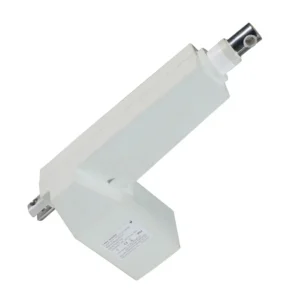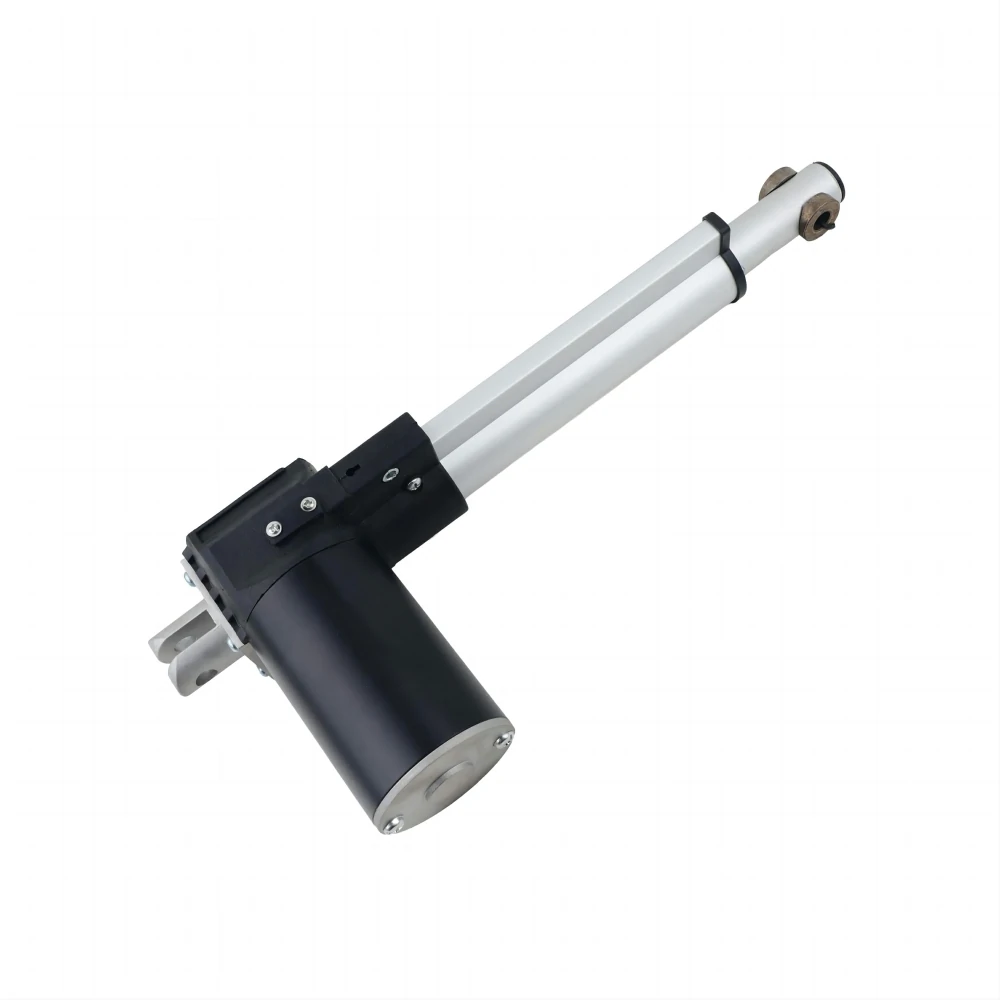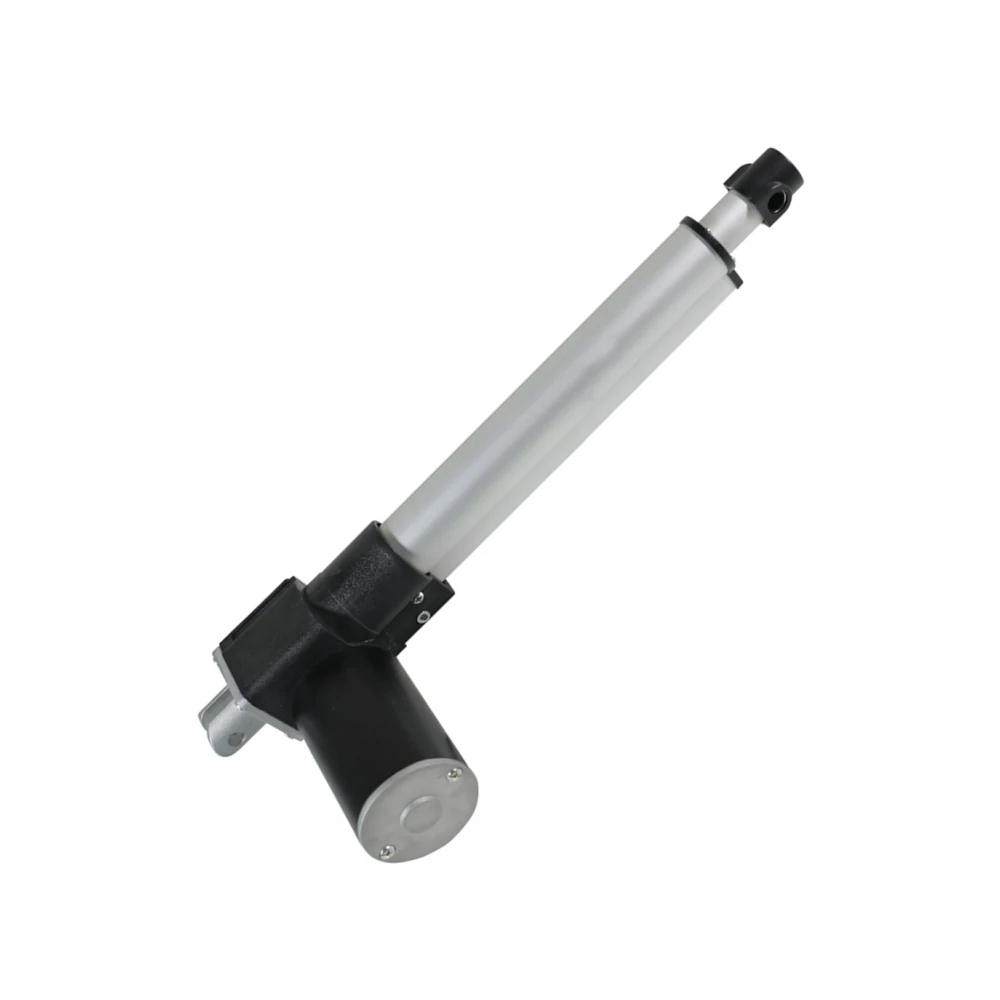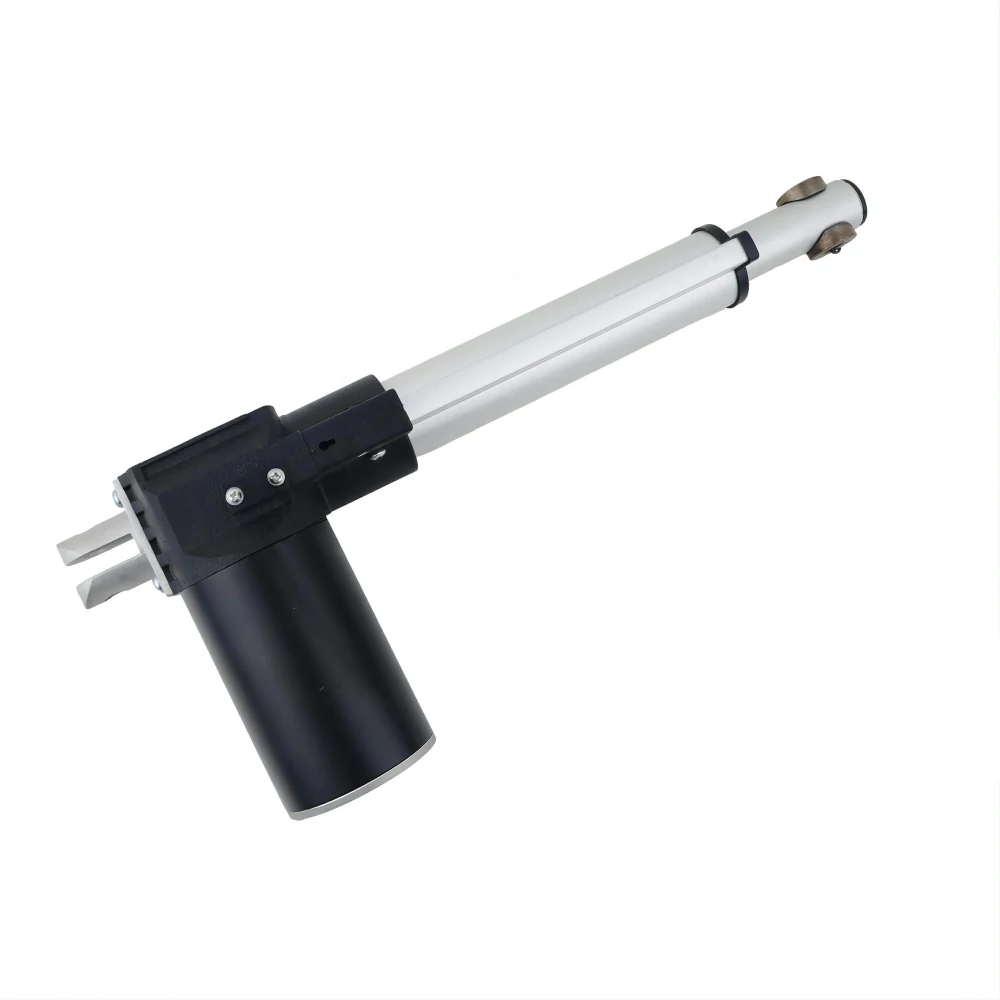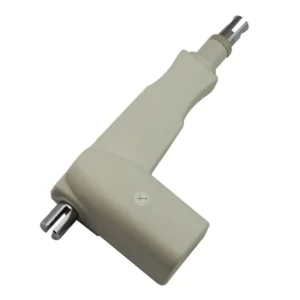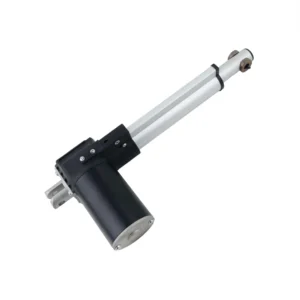BM-10 linear actuator is our fundamental linear actuator making it an ideal choice for many projects. This electric actuator is an optimal choice when a high force, low current actuator is required. Some examples of the key industries that use this cost-effective actuator solution include the automotive, home automation, and medical industries. For improved control and accuracy of motion, the BM-10 can be customized depending on your application requirements.
